It’s leaf-peeping season and nature’s multicolored masterpiece does not disappoint! Along with fiery vistas, ombre palettes, and pumpkin-spice beverages comes a plethora of newly fallen leaves.
The annual conundrum has arrived: to rake or not to rake?
THE CASE FOR CLEANING UP
Blowing or raking the leaves away now looks tidy and keeps the grass green as long as possible. Next spring, you’ll have a leg up on yard work, with a lot less muck and guck to wade through. Plus jumping into a pile of freshly raked leaves is a quintessential autumn tradition!
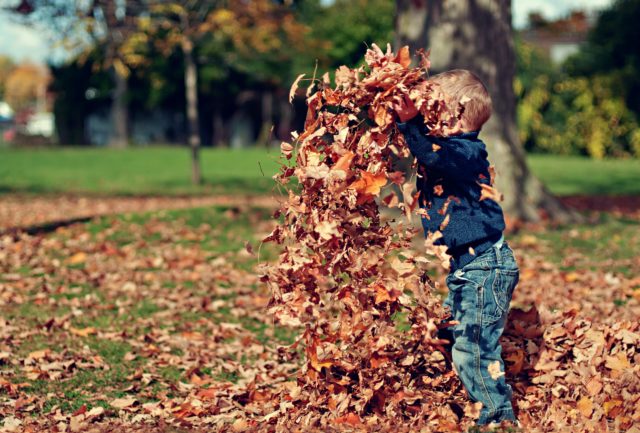
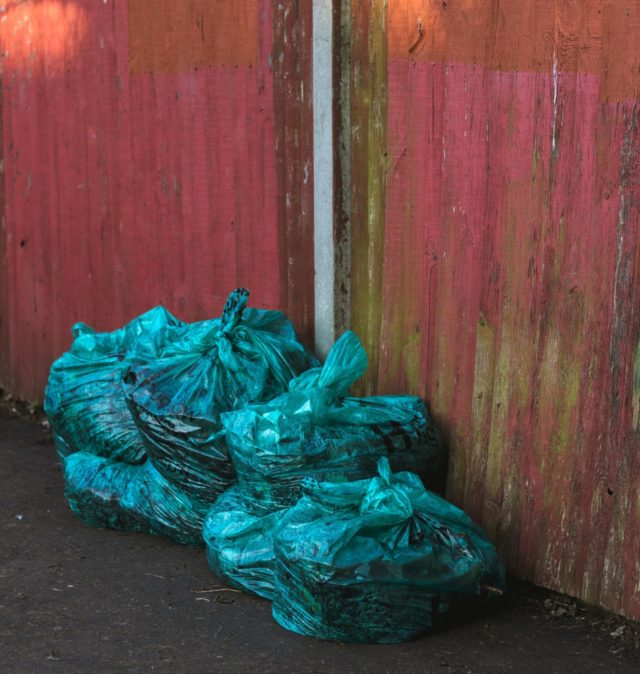
THE CASE FOR LEAVING THEM
Decomposing leaves protect backyard ecology by acting as a natural mulch and regulating soil conditions. They provide essential habitat for beneficial species like fireflies, bees, butterflies and other pollinators to lay eggs and seek protection from the elements. If the promise of a more balanced––not to mention beautiful––ecosystem doesn’t convince you, how about the idea of putting your feet up and eating a cider donut this weekend, instead of stuffing tree flakes into plastic bags?
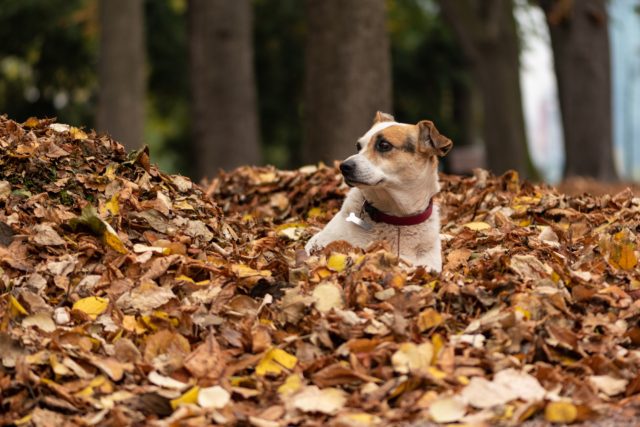
THE CATCH
Despite the major benefits of a more relaxed approach, an impulse to tidy can be overwhelming at times. In some neighborhoods, messy-looking lawns are looked down on at best and contractually forbidden at worse. Even though letting the leaves decompose on your lawn is a good idea, it’s not always an option.
SO WHAT SHOULD I DO?
The good news is that it doesn’t have to be all-or-nothing. Here are several alternatives that support the environment while keeping chaos to a minimum.
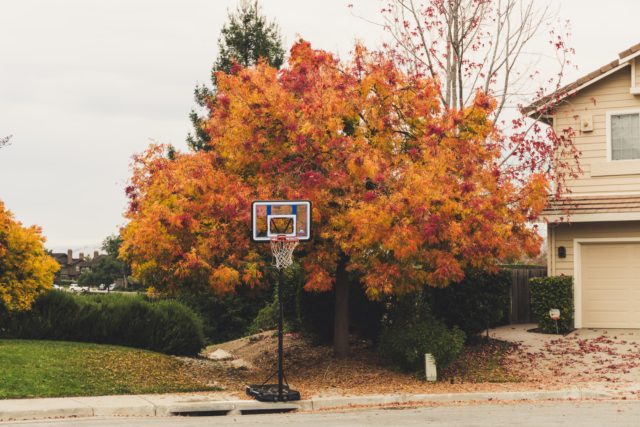
- SPLIT THE DIFFERENCE
If you need to compromise, rake leaves into a woodland edge or refuse area on your property. This allows them to break down as compost but leaves your yard neat & tidy. You’re still protecting pollinators by ensuring them a home over the winter, and your neighbors––human and insect alike––can relax. - MOW IT/USE IT
If the layer of leaves isn’t too deep, use your lawn mower’s “mulching” setting to chop them up when mowing your lawn. Use the fresh leaf mulch to cover flower beds & vegetable patches in preparation for the colder months ahead. This will provide nutrients to the soil and protect roots from the freezing temperatures. It is a win-win for the environment, your garden, and your budget!
ECO-TIP:
As you prepare your garden for the winter, we recommend leaving the seed heads of native species intact, rather than snipping them off. Your local wildlife will thank you for the food source!
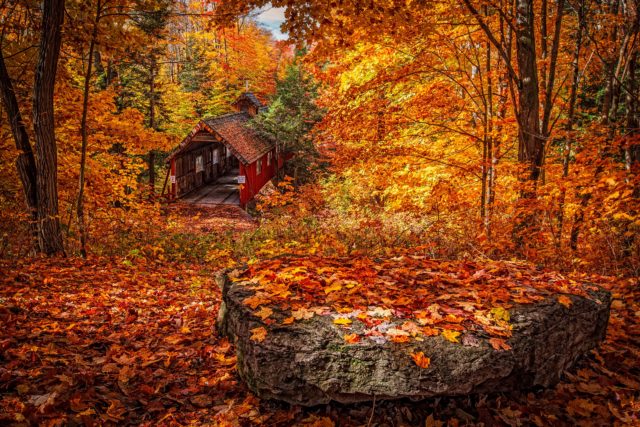
WANT TO LEARN MORE ABOUT HYPER-LOCAL ECOLOGY?
Check out Planting for Pollinators for more about why they matter & how to make your gardent a pollinator oasis.
Wondering which native plants to cultivate? Spring Pollinators is a great place to start.


